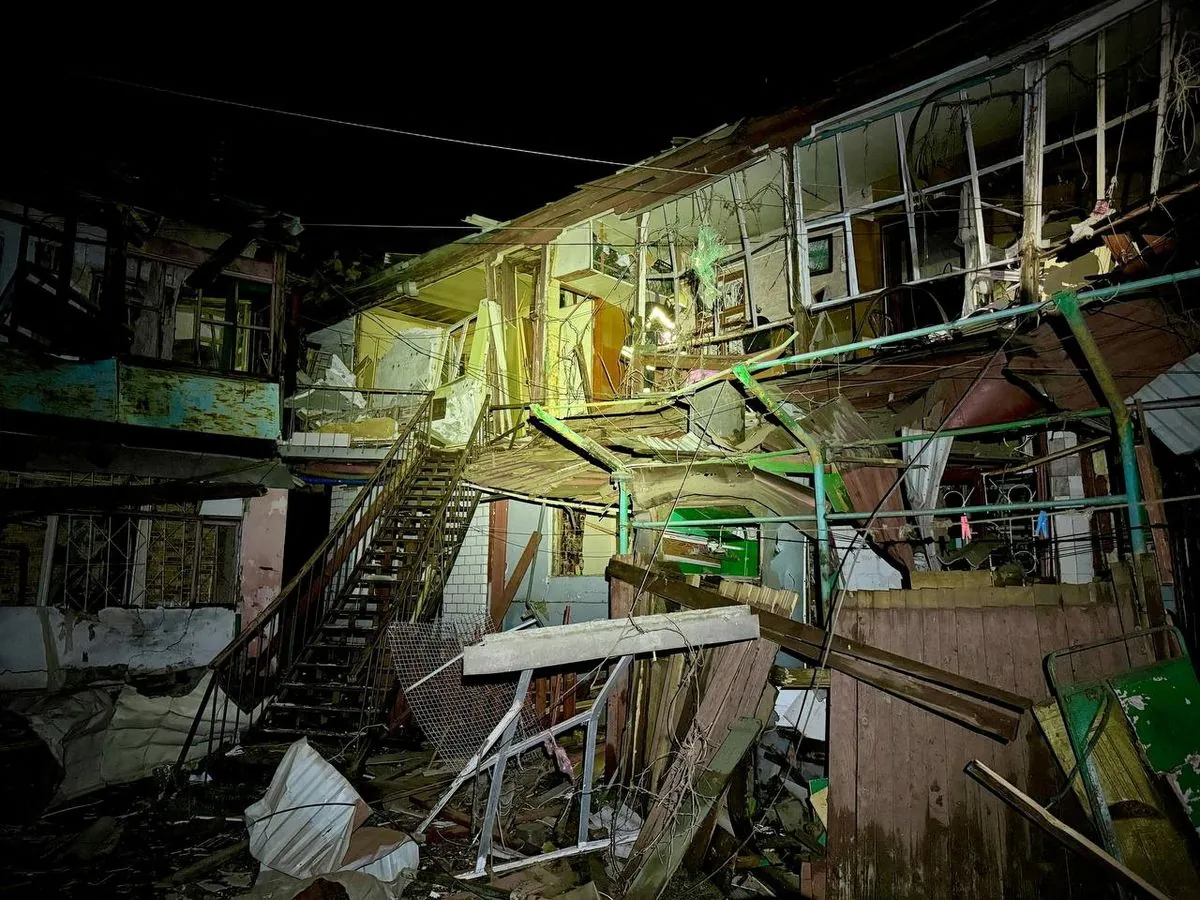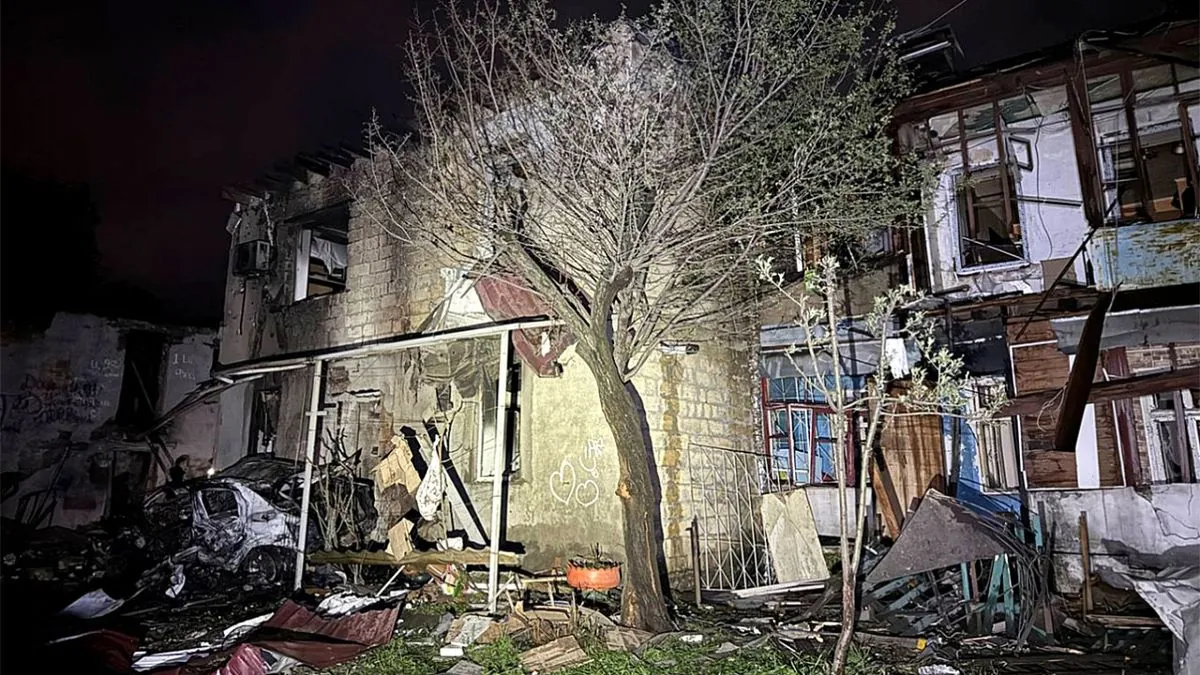Russian Drone Strikes Hit Ukrainian Cities, Causing Casualties and Damage
Russian drones and missiles targeted multiple Ukrainian cities, resulting in fatalities and infrastructure damage. Ukrainian air defense intercepted numerous aerial threats, with one drone breaching Romanian airspace.

In a series of overnight attacks, Russian forces targeted multiple Ukrainian cities with drones and missiles, resulting in casualties and significant damage to infrastructure. The assaults, occurring in the early hours of September 27, 2024, primarily affected the southern port city of Izmail and the central industrial hub of Dnipro.
According to Odesa regional prosecutors, the attack on Izmail, a crucial port on the Danube River, claimed three lives and left 14 individuals injured, including three children. Oleh Kiper, the Odesa regional governor, described the incident as a "large-scale terror attack" via the Telegram messaging app. The assault triggered several fires and caused extensive damage to residential areas.

Izmail, with its strategic location on the Danube, plays a vital role in Ukraine's agricultural exports. The city's historical significance dates back to 1790 when it was the site of a major battle. Today, it serves as a key transportation hub, highlighting the importance of the Danube River for Ukraine's economy.
In the central-eastern part of Ukraine, Dnipro, the country's fourth-largest city, also came under attack. Serhiy Lysak, the Dnipropetrovsk regional governor, reported that Russian missiles struck an industrial facility, causing a fire. The region, known for its industrial importance, also experienced infrastructure damage from drone and shelling attacks. Fortunately, no casualties were reported in the Dnipropetrovsk region.
The Ukrainian Air Force demonstrated its defensive capabilities during these attacks. Officials stated that they successfully intercepted 24 out of 32 Russian drones. This achievement underscores the critical role of air defense systems in protecting civilian populations and infrastructure. The Ukrainian Air Force, formed after the country's independence in 1991, has been continuously upgrading its capabilities with international support.
"Our air defense forces successfully neutralized 24 out of 32 enemy drones during the overnight attack."
In addition to the drones, Russian forces employed one ballistic missile and two cruise missiles in their assault. The distinction between these missile types is significant, with ballistic missiles following a predetermined trajectory and cruise missiles utilizing guided systems for increased accuracy.
An alarming development occurred when one of the Russian drones entered Romanian airspace. This incident raises concerns about the potential for escalating international tensions, especially considering Romania's status as a NATO member country. Such cross-border events highlight the broader implications of the ongoing conflict between Russia and Ukraine, which has persisted since 2014.
The targeting of civilian areas and infrastructure in these attacks is a stark reminder of the brutal nature of modern warfare. International law explicitly prohibits deliberate attacks on civilian populations, yet such incidents continue to occur. The use of terms like "terror attack" by Ukrainian officials emphasizes the psychological impact of these assaults on the civilian population.
As Ukraine continues to defend its territory, the importance of early warning systems and robust air defense capabilities becomes increasingly evident. The conflict has drawn international attention to Ukraine's defense needs, resulting in increased support for its air defense systems from allied nations.
The attacks on Izmail and Dnipro demonstrate the ongoing threats faced by Ukrainian cities, both in strategic locations like the Black Sea region and in vital industrial areas. As the conflict persists, the resilience of Ukraine's people and the effectiveness of its defense systems continue to be tested.


































